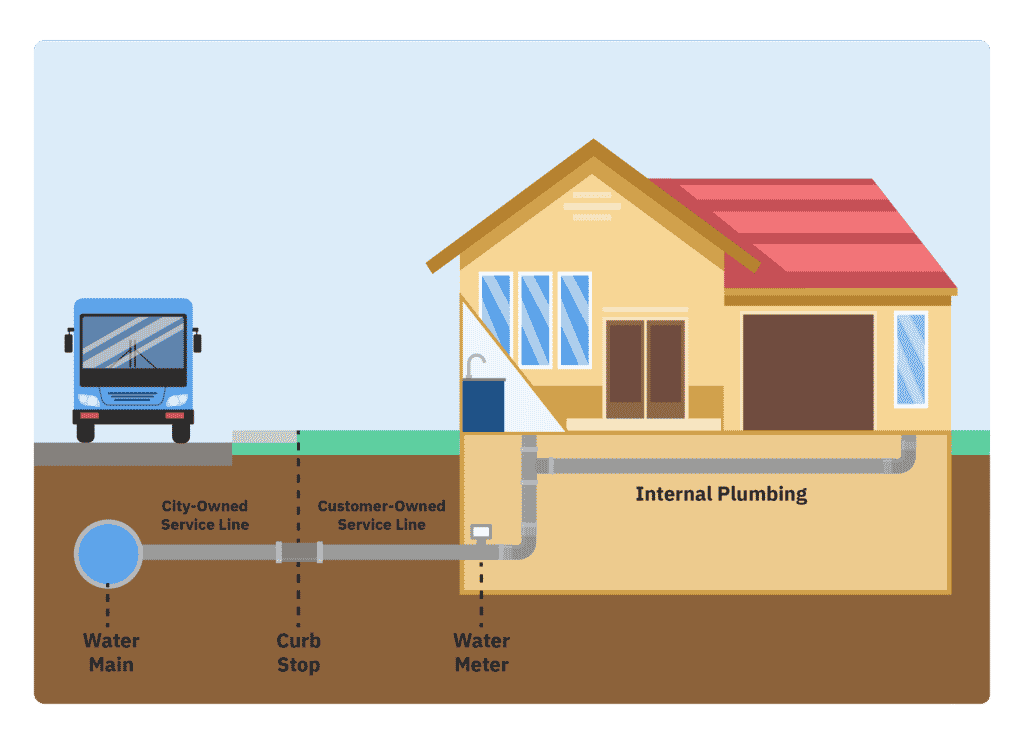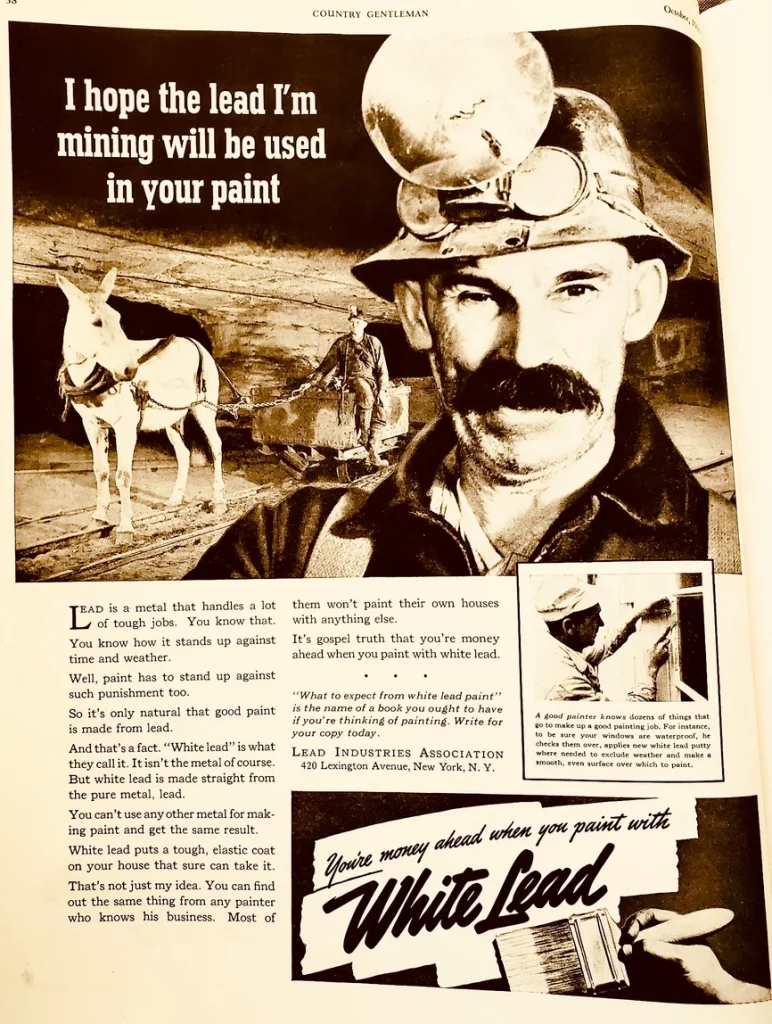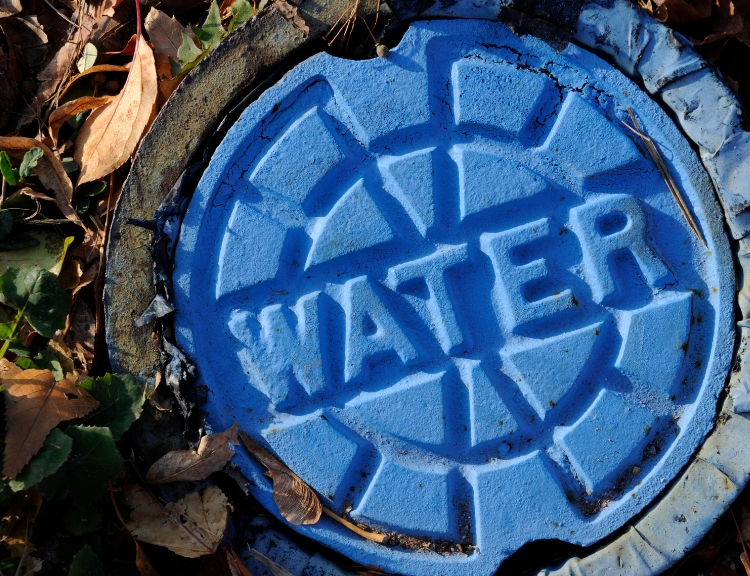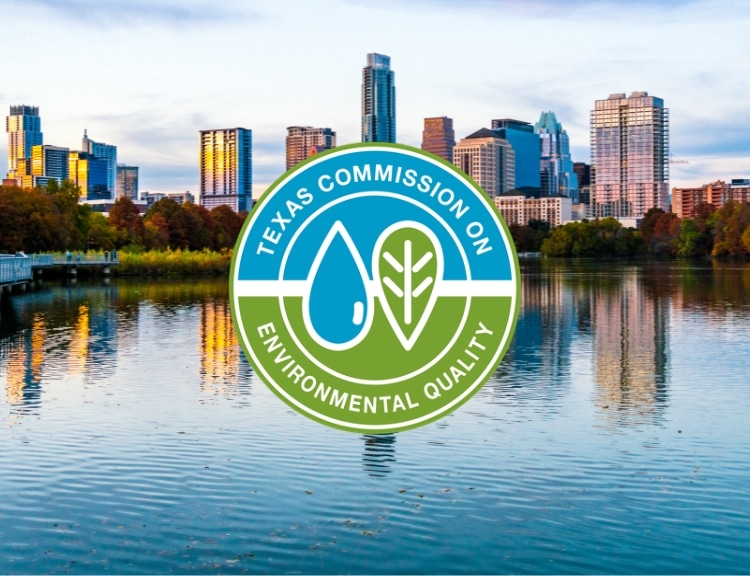The big-picture stakes of BlueConduit’s lead-finding machine learning work
Welcome to the BlueConduit data science blog! We are excited to begin posting about our algorithm and data developments in the ongoing quest for lead water service line replacement.
But before we talk about our machine learning R&D, we’re going to take some time in these first posts to detail the what and the why of lead lines in active use by American homes today—how this issue came to be, the number of lives at risk, and the moral urgency to undo this environmental injustice.
1. The health stakes: an ongoing lead poisoning of millions of Americans
At least 12 million American homes still use lead service lines
While the US federal government has led a largely successful campaign over the last 40 years to remove lead from household products ranging from paint to food cans to leaded gasoline (hence, for example, our present-day “unleaded” gas), the lead pipes beneath the homes remain largely untouched.
You’ve likely heard of the lead poisoning catastrophe that erupted in Flint, Michigan in 2014, and which remained entirely unmitigated until the last three years. Though particularly visible and destructive, Flint’s lead problem is not at all anomalous among US cities. There are still 12 million lead service lines across the United States, affecting cities of all sizes and wealth levels; homes both urban and rural. In 2020, 56% of Americans drank from water contaminated with lead. And consistent with a long-repeating cycle in American history, communities of color tend to experience the most toxin exposure, as federal and state governments continue to disproportionately deny them resources for harm mitigation.
A 2021 study found that 80% of children in Missouri and 60% of children in Kansas have lead in their blood (any amount is considered unhealthy). Given that Kansas and Missouri have some of the highest rates of lead lines in the US, this points to a clear causal link between lead service lines and the current epidemic of child lead poisoning.
Lead poisoning causes serious health effects at both an individual and community level
When a person ingests any amount of lead, be it from water or paint or fumes, the lead particles become embedded in the bones and tissues. Over time, chronic lead exposure causes a buildup of lead in the body. According to the Centers for Disease Control, there is no safe level of lead exposure.
In adults, lead exposure leads to heart problems and cancer; in children, it impairs cognitive and muscular development. Further, the earliest behavioral symptoms in children with chronic lead poisoning are vague enough to evade immediate diagnosis, including difficulty concentrating and poor short-term memory.
Lead exposure in children also has been shown to cause significant long term consequences later in life. Researchers looking at the effects of increased lead exposure have found a consistent decrease in academic performance, increased antisocial behavior, a lifetime earnings reduction of $47,000.
Removing lead service lines is a matter of undoing environmental racism
The burden of the 12 million lead service lines still in daily use falls disproportionately on communities of color. A 2020 study found that people of color are twice as likely as white people to live in cities where more than 95% of service lines are made from lead.
And the racial disparity of lead poisoning has only worsened over the last thirty years, even as the US has banned putting new lead in the ground and begun removing existing lead lines. This is, in large part, due to the way that federal and state governments tend to distribute lead-mitigation resources disproportionately to whiter and wealthier neighborhoods. For instance, an Environmental Defense Fund study of lead line removal in Washington D.C. from 2009 to 2018 showed that high-income, white neighborhoods had more than double the rate of lead line removal than low-income Black neighborhoods.
These pollution disparities grew consistently during the 20th century as part of the long history of redlining and environmental racism in the United States. A key mechanism common to each city is that a white-led city council would often choose to put toxic materials, waste dumps, and pollutant-producing factories directly in the vicinity of Black and Indigenous neighborhoods. Cost-saving lead (as opposed to the safe copper) water lines, for the same reasons, made it past any public protection barriers of these city councils in corrupt collusion with lead industries.
We are seeing promising signs in the last few years of material changes to these outcomes. In the first four decades after its founding in 1970, the EPA mostly turned a blind eye to mitigating material toxicity in Black communities. But in a surprising turn in 2018 the EPA published a report acknowledging that pollution disproportionately harms communities of color. And currently, there are campaigns to replace lead service lines with safe materials like copper underway in dozens of cities across the US.
2. How America ended up with millions of lead service lines
First, what exactly is a service line?
In virtually every American city, drinking water is broadly distributed through a network of large conduits called water mains. Six-to-sixteen inches in diameter, each water main runs down the center of a street; near to the houses receiving the water. And we should note that, by lucky historical accident, water mains have long been built of lead-free materials—usually concrete, clay, or steel—as lead is too soft and dense for the structural needs of these larger conduits.

Arriving at the house, tap water is drawn from the water main via a service line—a narrow underground pipe (2-3 inches in diameter), very often constructed with lead. If we’re being really precise, there are in fact a pair of service lines serving each house in sequence: a public and a private line; one on each side of the property divide. But in this article, we will loosely refer to the pair as a single “service line”.
The origin of today’s lead service lines
From the late 19th century through early 1980’s, North American home builders primarily used lead (as opposed to copper, steel, etc) for the service lines that carry drinking water into each home. Why? One reason is that as a building material, lead is cheap and durable; another is that it is easy to mine and easy to shape. It corrodes far more slowly than other pipe materials. If it weren’t toxic for humans, lead would be an ideal material for water distribution.
Humans have long known this. Two millennia ago, the Romans built extensive plumbing systems entirely of lead. The English word ‘plumbing’, in fact, derives from the Latin plumbum, meaning lead. And, not unsurprisingly, there’s a growing body of evidence that ancient Romans across the empire suffered from chronic levels of at least mild lead poisoning.
Pockets of American society have long been aware of lead’s toxicity to humans, though this wisdom has been willfully forgotten several times. From the 1880’s through the 1920’s, there was growing consensus among American city planners to phase out lead service lines. The final proof of lead’s deadliness arrived In 1943, when a team of American scientists established the causal mechanism between lead poisoning and neurological impairment in children. Yet despite these forces against lead, American cities barely changed their lead usage rates; in fact, in many cities the rates of construction of lead lines only increased following 1920.
This explosion of lead owed its success to a massive disinformation campaign by heavy metal industries. In the 1920’s, American lead manufacturers formed a trade organization called the Lead Industries Association (LIA) that would push pro-lead public policies and increase company profits at the expense of human well being. Much like the tobacco industry’s campaign in the 1950’s, the LIA ran a highly successful disinformation campaign that promoted the adoption of lead service lines and suppressed public criticism. The LIA’s efforts to corrupt the public safety process were so successful that, by the 1930’s, many American cities, including Chicago and Pittsburgh, required by law that all service lines be constructed of lead.

Country Gentleman, Oct 1939 issue. An advertisement for lead paint by the Lead Industries Association.
The transition to lead removal campaigns
The LIA’s grip on lead policies finally began to weaken in the 1970’s as American environmental movements gained widespread political power. Two present-day institutions formed in 1970: the government-run EPA (Environmental Protection Agency) and the privately-run NRDC (National Resources Defense Counsel). In 1986, Congress formally banned lead service line construction, a triumph in the history of American public health protection laws.
But this 1986 law was, in hindsight, far too lax in its mitigation requirements, and we have suffered heavily for it. The law did not require that known lead service lines be replaced; only that cities perform tap water tests semi-regularly, and reduce lead in the offending pipes. But, according to a 2011 landmark study, these water tests “systematically miss high lead levels and potential human exposure” from lead service lines.
The EPA published an accompanying set of regulations in 1991 to the Safe Water Drinking Act, called the Lead and Copper Rule. These regulations established a series of maximum lead contamination thresholds that would result in mandated mitigation by a city.
The Infrastructure Bill just passed, which is fantastic news. But it’s not enough.
On Friday, November 5th, 2021, the Infrastructure Bill finally passed the House of Representatives. The bill dedicates $15 billion to lead service line removal. This is amazing news.
But we at BlueConduit completely stand by Representative Ocasio-Cortez’s statement that full removal will cost $45-60 billion. This is consistent with a Brookings Institute report: A total of 10M lead service lines, multiplied by $4,700 each; then increased by around 20% to include initial equipment and personnel costs at each locality.
The cost to replace every lead pipe in the United States is $45-60 billion.
— Alexandria Ocasio-Cortez (@AOC) November 7, 2021
BIF only gives $15b. Without BBB, many communities historically denied clean water will continue to be denied.
Build Back Better has lead $ for disadvantaged communities. We must keep pushing for BBB.
Each day in 2021, there remain roughly 12 million lead service lines in daily use. The current rate of removal is still only a trickle.
Which means that tomorrow, or any given day in 2021, at least 20 million Americans will drink water from those lines; at least 1% of whom (roughly 200 thousand people) will continue to ingest harmful quantities of lead.
The removal effort needs to start now and ramp up quickly. But it will be slow and expensive. In our next post how BlueConduit’s machine learning algorithm helps speed up the lead removal process.





